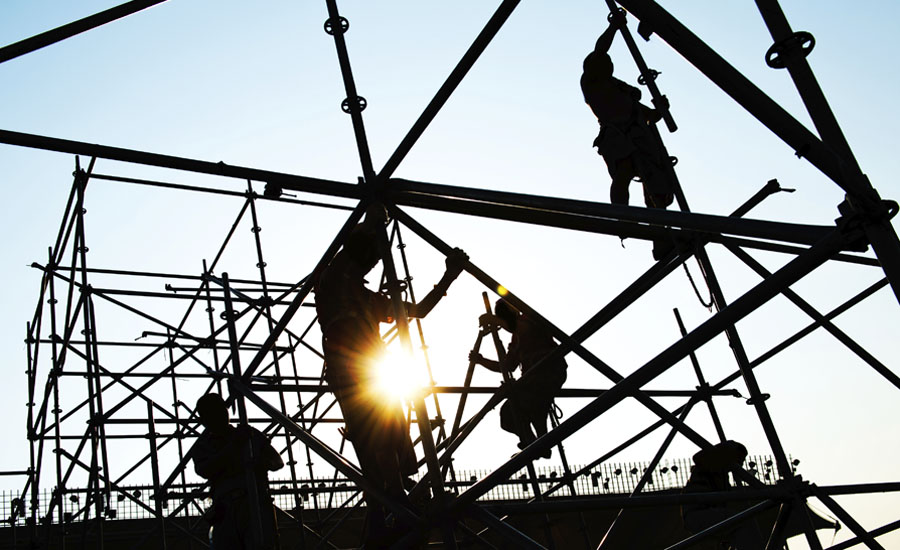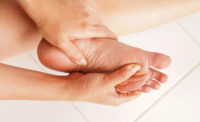Construction work is a hazardous job for the feet

Construction workers all day long lift and heave, carry and climb, twisting their bodies into awkward positions to reach corners and ceilings. They scale walls. They work on rooftops, perched on support beams or thin ladders. These people definitely have more than their fair share of foot problems. When a construction worker has foot pain, his safety is in jeopardy. A pang at the wrong moment can disturb his balance or focus, and when you’re walking on a thin platform 50 feet in the air, balance and focus are the things that keep you alive.
Ill-fitting boots are the construction worker’s kryptonite: Avoiding the blisters and bunions. Any ill-fitting shoe can cause blisters, as can thin, stiff, or otherwise inappropriate socks. When you get new work boots, make sure you break them in before you start wearing them on site. A day in ill-fitting steel-toes can really rip up even the toughest feet. Once you’ve got a blister, take good care of it. Keep it clean and bandaged. Contrary to popular opinion, giving the blister “air” doesn’t make it heal faster. Using antibiotic gel and a band-aid is your best bet.
Bunions are a bigger problem. For some people, they’re just a consequence of the anatomy of the foot: the big toe or pinky toe joint just naturally protrudes over time. For most people, however, they’re a self-inflicted injury. If your boots are too tight in the toe, you’re putting pressure on your outer toe joints.
Avoid bunions by investing in wide-toed boots with ample room for the full width of your forefoot. This is a painful and persistent problem that requires surgery and can lead to a host of other foot maladies over time.
Sprains, strains, bruises, and breaks. The big toe takes 40-60 percent of your body’s weight when maximum force is applied. But the rest of your foot is a tender and delicate thing too, and steel toes can’t protect you from every construction-related accident. As a result, these common foot injuries are probably unavoidable for a construction worker. A twisted ankle here, a kicked cinderblock there… Fortunately, in many cases (aside from breaks, of course) you can treat these injuries on your own, with rest, ice, and some action movies. Severe strains may involve torn ligaments or tendons, something that may require surgery.
Source: www.healingfeet.com
Looking for a reprint of this article?
From high-res PDFs to custom plaques, order your copy today!





